Home>Garden Essentials>Garden Plants>What Color Is Thyme Green?


Garden Plants
What Color Is Thyme Green?
Modified: December 7, 2023
Discover the true shade of thyme green and explore a variety of plants that showcase this vibrant color, from herbs to ornamental foliage, in our in-depth guide.
(Many of the links in this article redirect to a specific reviewed product. Your purchase of these products through affiliate links helps to generate commission for Storables.com, at no extra cost. Learn more)
Introduction
Welcome to the world of plants, where nature showcases its mesmerizing palette of colors. From vibrant blooms to lush foliage, there is a kaleidoscope of hues to discover. One of the most captivating colors in the plant kingdom is green. Symbolizing growth, freshness, and tranquility, green is a color that resonates with many people. But have you ever wondered what specific shade of green thyme, a popular aromatic herb, represents?
In this article, we will delve into the fascinating world of colors and explore the intricacies of thyme green. We will unravel the perception and interpretation of color, delve into the cultural and symbolic meanings of green, and highlight the applications of thyme green in various contexts. So, let’s embark on this colorful journey and find out just what color thyme green truly is.
Key Takeaways:
- Thyme green, a soothing and versatile hue, embodies the calming and natural qualities of green. Its applications in interior design, fashion, and culinary arts offer a touch of tranquility and natural beauty to creative endeavors.
- The perception and interpretation of thyme green, like all colors, are subjective and influenced by personal experiences. Embrace the power of color in your life and let the calming presence of thyme green surround you, infusing your surroundings with tranquility and natural beauty.
Read more: What Color Goes With Green Countertops
The Color Spectrum
Before we dive into the specifics of thyme green, it’s essential to understand the color spectrum. The color spectrum is the range of colors that can be perceived by the human eye. It consists of various hues, shades, and tones, each with its own unique characteristics.
The color spectrum can be divided into primary, secondary, and tertiary colors. Primary colors are the building blocks of all other colors and cannot be created by mixing other colors. They include red, blue, and yellow.
Secondary colors are obtained by mixing two primary colors. For example, combining red and blue creates purple, blue and yellow creates green, and red and yellow creates orange.
Tertiary colors are created by mixing a primary color with a neighboring secondary color. This results in shades like yellow-green, blue-green, and red-orange.
Green is one of the primary colors in the color spectrum. It is located between blue and yellow, representing a harmonious balance between coolness and warmth. The shade of green can vary greatly, giving rise to different interpretations and associations.
Now that we have a basic understanding of the color spectrum, let’s explore the world of green and how it relates to thyme.
The Color Green
Green is a color that is often associated with nature, growth, and renewal. It is the color of lush grass, vibrant leaves, and thriving plants. As a symbol of life, green is known to have a calming and refreshing effect on our senses.
Green is also commonly associated with harmony, balance, and stability. It is considered a restful color for the eyes and is often used in interior design to create a tranquil and soothing atmosphere. Studies have shown that being surrounded by greenery can reduce stress levels and promote a sense of well-being.
In terms of symbolism, green is often linked to fertility, abundance, and prosperity. In many cultures, it is seen as a symbol of good luck and growth. Green is also associated with environmental awareness and sustainability, representing the importance of preserving and protecting our natural world.
When it comes to the color green, there are countless shades and variations to explore. From deep forest greens to bright lime greens, each shade evokes a different mood and aesthetic. It is within this spectrum of green that we find the unique hue of thyme green.
So, what exactly is thyme green, and how does it relate to the color green as a whole?
Thyme Green
Thyme green is a distinct shade of green that is often associated with the thyme herb. Thyme is a perennial herb native to the Mediterranean region and is widely used in culinary and medicinal applications.
The specific color of thyme green can vary slightly depending on factors such as lighting conditions and the variety of thyme plant. However, thyme green is typically a muted, earthy green with a touch of gray. It can be described as a soft, soothing shade that resembles the color of the herb’s foliage.
Thyme green is often used in interior design to create a sense of natural beauty and tranquility. It pairs well with neutral tones and can add a touch of freshness and serenity to any space. Whether used as a wall color, in furniture upholstery, or as accents in decor, thyme green brings a sense of calm and harmony to the environment.
In the world of fashion, thyme green is a versatile hue that can be incorporated into various styles and seasons. Its earthy undertones make it an ideal choice for autumn and winter fashion, while its softness adds a touch of elegance to spring and summer outfits. Thyme green can be found in clothing, accessories, and even cosmetics, offering a natural and soothing aesthetic.
When it comes to the symbolism of thyme green, it shares many of the characteristics associated with the color green as a whole. It represents growth, renewal, and a connection to nature. Thyme green is often seen as a color of healing and vitality, reflecting the medicinal properties of the herb itself.
Whether you’re dreaming of a serene home, embracing the tranquility of nature, or simply seeking a color that embodies a sense of balance and harmony, thyme green is a beautiful choice that brings a touch of the natural world into your life.
Thyme leaves are a grayish-green color, with a slightly silver hue. When fresh, they have a vibrant green color, but when dried, they take on a more muted green tone.
Perception and Interpretation of Color
Color is a fascinating aspect of human perception, as it can evoke different emotions, moods, and interpretations. The way we perceive and interpret colors is influenced by a multitude of factors, including our cultural background, personal experiences, and even subconscious associations.
Colors are processed by specialized cells in our eyes called cones. These cones are sensitive to different wavelengths of light, which correspond to different colors. Through the complex process of light absorption and neural signaling, our brain translates these wavelengths into the colors we see.
While some colors have universal associations, such as red representing passion or blue symbolizing tranquility, other interpretations can vary across cultures. For example, in Western cultures, white is often associated with purity and innocence, while in some Eastern cultures, it is associated with mourning and loss.
When it comes to shades of green, they are commonly associated with nature and the environment. Green is often seen as a color that promotes relaxation and balance. It is considered to have a harmonizing effect on our emotions, bringing a sense of calm and tranquility.
Thyme green, with its muted and earthy tones, may evoke a sense of serenity and connection to nature. It can be perceived as a gentle color that promotes healing and renewal. However, it’s important to remember that individual interpretations of color can vary, and what one person may perceive as calming, another may see as energizing.
Additionally, cultural and personal associations can influence our interpretation of color. For example, someone who grew up surrounded by thyme plants and the scent of the herb may have a deeper connection to thyme green, associating it with memories of home and nature.
The perception and interpretation of color are subjective experiences, shaped by our unique perspectives and experiences. Thyme green offers a soothing and natural aesthetic, but its true impact on an individual can only be fully understood through personal experience and emotional connection.
Read more: What Wall Color Goes With Green Carpet
Cultural and Symbolic Meanings of Green
Green holds significant cultural and symbolic meanings across various societies and belief systems. These interpretations often stem from the color’s association with nature and its profound impact on our lives. Let’s explore some of the cultural and symbolic meanings attributed to the color green.
In many cultures, green is seen as a symbol of growth, fertility, and rebirth. In ancient Egyptian mythology, green was associated with Osiris, the god of fertility and agriculture. Green was also a prominent color in Celtic mythology, symbolizing the lushness of the land.
In Islamic culture, green holds great significance. It is believed to be the color of paradise and is often associated with the Prophet Muhammad. Green is commonly used in mosques and Islamic architecture to represent tranquility and spiritual growth.
Green is also associated with healing and harmony. In traditional Chinese medicine, green is linked to the liver, the organ responsible for detoxification and overall well-being. Green also represents the balance between yin and yang energies in Chinese philosophy.
Furthermore, green has strong environmental connotations. It is widely recognized as the color of sustainability, representing the importance of preserving the Earth’s resources. The environmental movement has embraced green as a symbol of ecological awareness and a call to action for a greener and more sustainable future.
From a psychological perspective, green is known to have a calming effect on the mind and body. It is often used in color therapy to promote relaxation and reduce stress levels. Being surrounded by greenery is believed to have a positive impact on mental health and well-being.
Each cultural context and individual interpretation adds depth and nuance to the symbolism of green. Whether it represents growth, fertility, healing, or environmental consciousness, green is a color that resonates deeply with humanity, connecting us to the natural world and the cycles of life.
Applications of Thyme Green
Thyme green, with its serene and natural aesthetic, finds its applications in various domains. From interior design to fashion and even culinary arts, the subtle charm of thyme green adds a touch of tranquility and freshness. Let’s explore some of the applications of thyme green:
Interior Design: Thyme green is a popular choice in interior design. Its soft and muted tones create a calming atmosphere and bring a connection to nature into living spaces. Thyme green can be used as a wall color, incorporated into furniture upholstery, or added as accents through accessories and décor. It harmonizes well with neutral tones, creating a serene and welcoming ambiance in any room.
Fashion and Accessories: Thyme green is a versatile color in the fashion world. It can be found in clothing, accessories, and even footwear. The earthy and soothing hues of thyme green can be incorporated into various styles and seasons. From casual attire to elegant evening wear, thyme green adds a touch of natural beauty and sophistication to any outfit.
Culinary Arts: Thyme, the herb associated with thyme green, is widely used in culinary arts. Thyme green not only represents the herb but also reflects the freshness and vibrancy of natural ingredients. From herb-infused oils and dressings to savory dishes and desserts, thyme green can inspire culinary creations and enhance the visual appeal of food presentations.
Weddings and Events: Thyme green is a popular choice for weddings and events. Its soothing and natural tones add an element of tranquility and elegance to decorations and floral arrangements. Thyme green can be incorporated into centerpieces, bouquets, and table settings, allowing couples and event planners to create a serene and harmonious ambiance.
Art and Design: Thyme green serves as a source of inspiration for artists and designers. Its nuanced tones and connection to nature can be seen in paintings, illustrations, and graphic designs. Artists leverage thyme green to evoke a sense of serenity, balance, and connection to the natural world in their creations.
Whether used in interior design, fashion, culinary arts, or as a source of inspiration for artists, thyme green adds a touch of tranquility and natural beauty to various creative endeavors. Its soft and muted hues create a sense of harmony and evoke a connection to the serenity of the herb it takes its name from.
Conclusion
The color green, with all its shades and nuances, holds a special place in our perception and interpretation of the world around us. Thyme green, a distinct hue inspired by the herb itself, embodies the calming and natural qualities that green represents.
Throughout this article, we have explored the color spectrum, the symbolism of green, and the specific characteristics of thyme green. We have learned that green is often associated with growth, harmony, and environmental awareness, while thyme green brings a touch of tranquility and serenity into our lives.
From its applications in interior design to fashion, culinary arts, and beyond, thyme green offers a versatile and soothing aesthetic. It can transform living spaces, inspire creative endeavors, and even enhance our dining experiences. Thyme green has the power to create a peaceful sanctuary in our homes and evoke a connection to the natural world.
However, it’s important to remember that color perception is subjective, influenced by our cultural backgrounds, personal experiences, and individual interpretations. The true significance of thyme green can only be fully understood through personal exploration and emotional connection.
So, whether you’re drawn to the comforting embrace of thyme green or find solace in the subtleties of another shade, embrace the power of color in your life. Let the calming presence of green, in all its forms, surround you and remind you of the beauty and serenity that nature offers.
Now that you have discovered the wonders of thyme green, perhaps you can embrace this hue in your own creative endeavors, allowing it to infuse your surroundings with a touch of tranquility and natural beauty.
Frequently Asked Questions about What Color Is Thyme Green?
Was this page helpful?
At Storables.com, we guarantee accurate and reliable information. Our content, validated by Expert Board Contributors, is crafted following stringent Editorial Policies. We're committed to providing you with well-researched, expert-backed insights for all your informational needs.






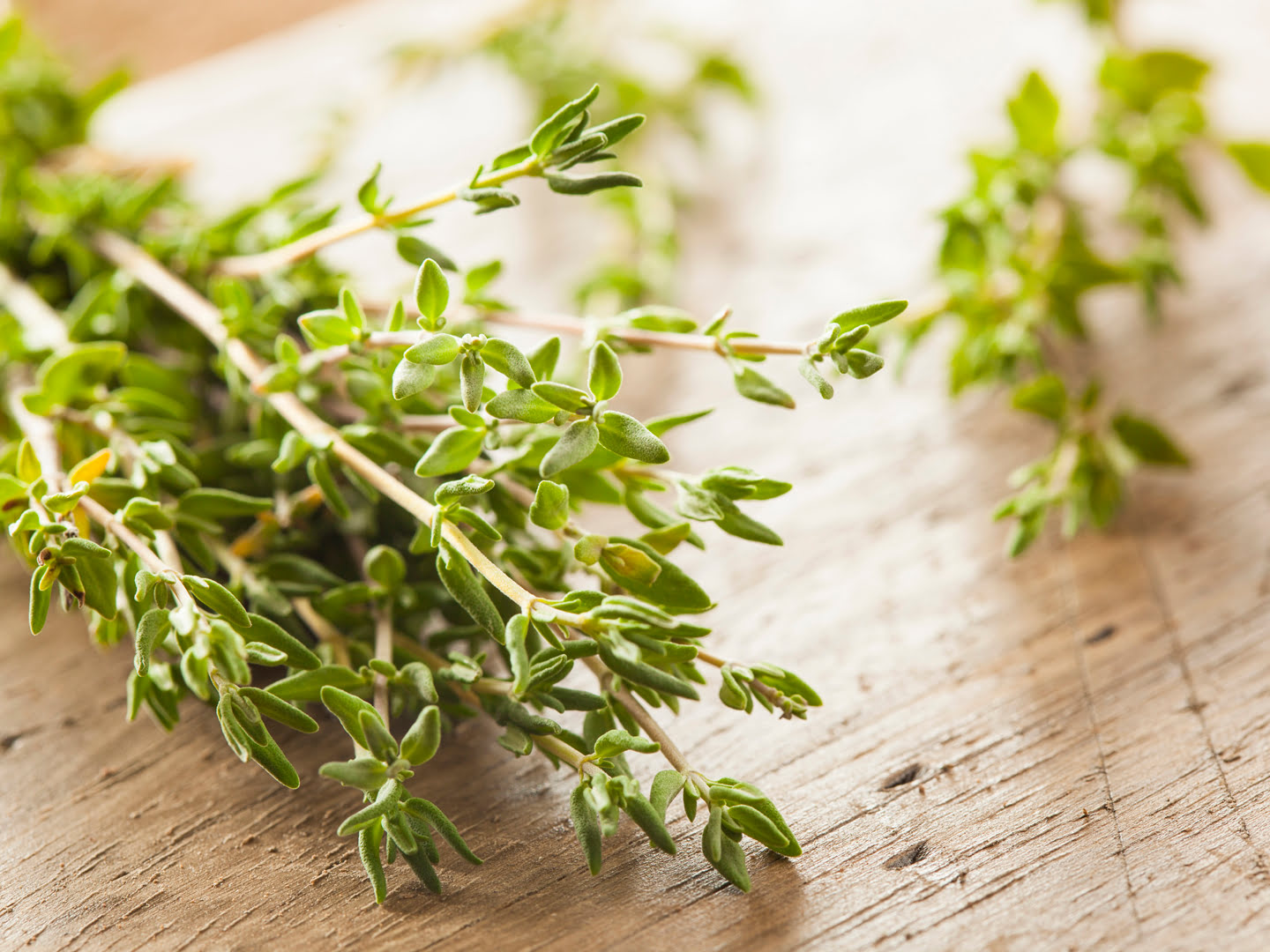
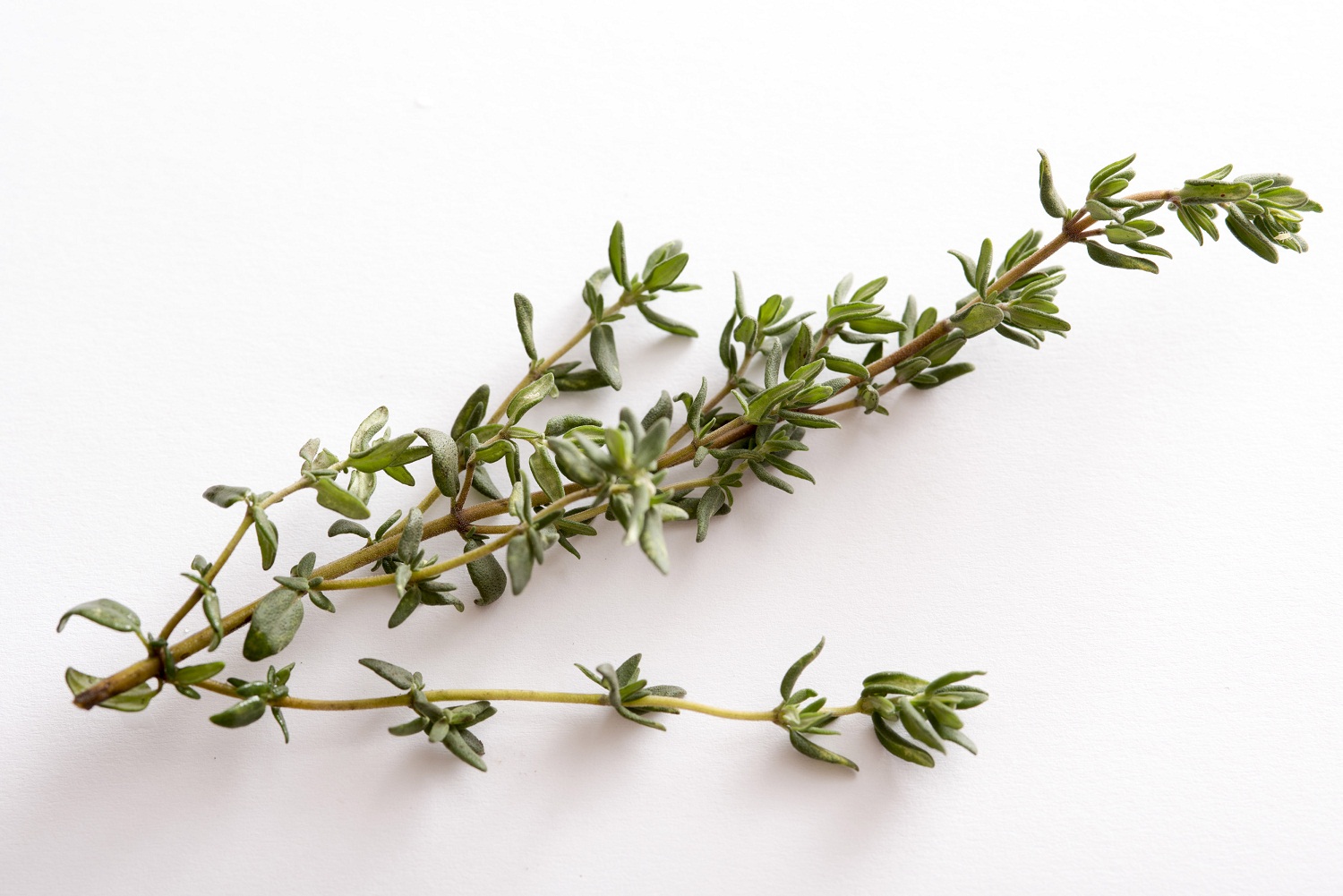
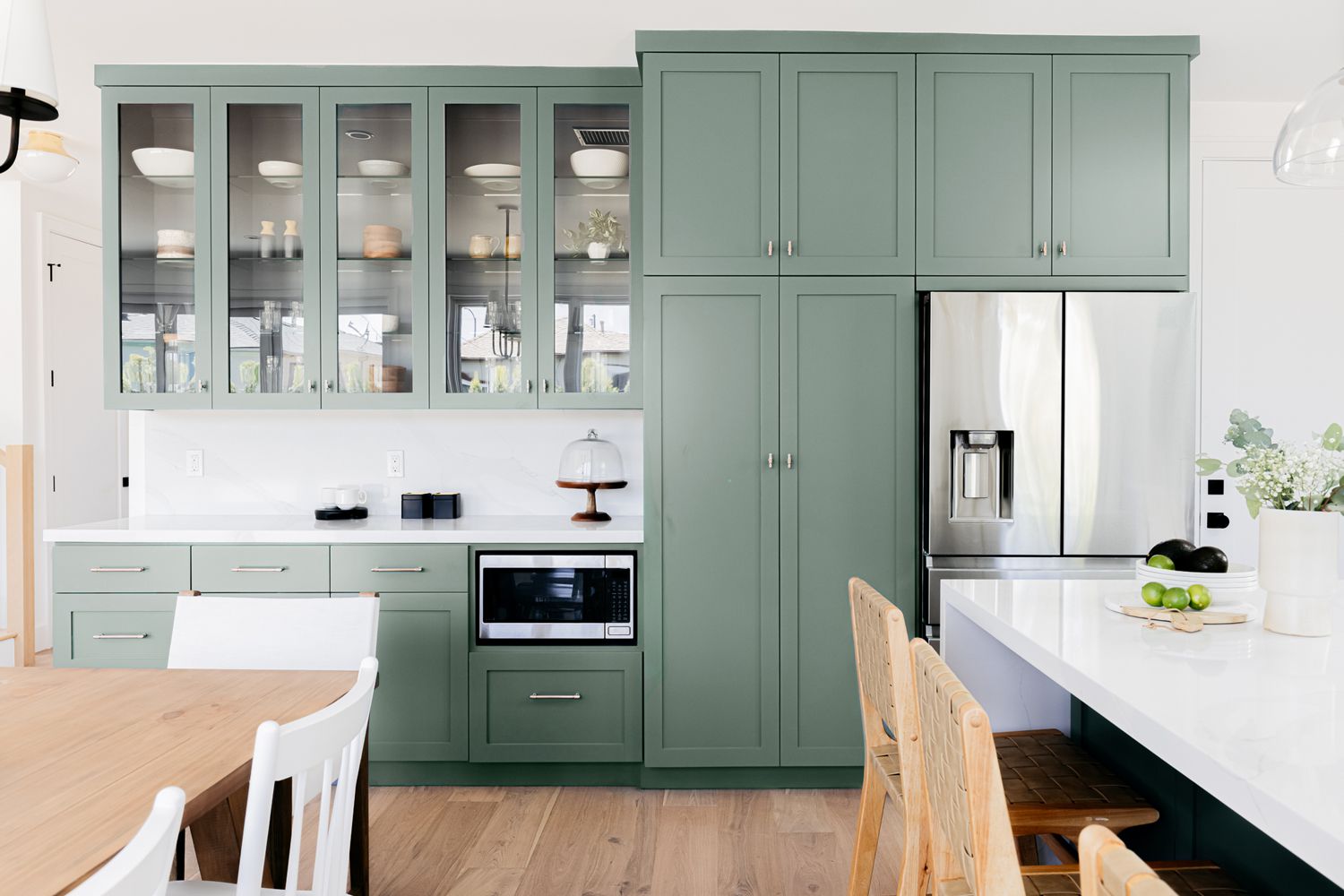
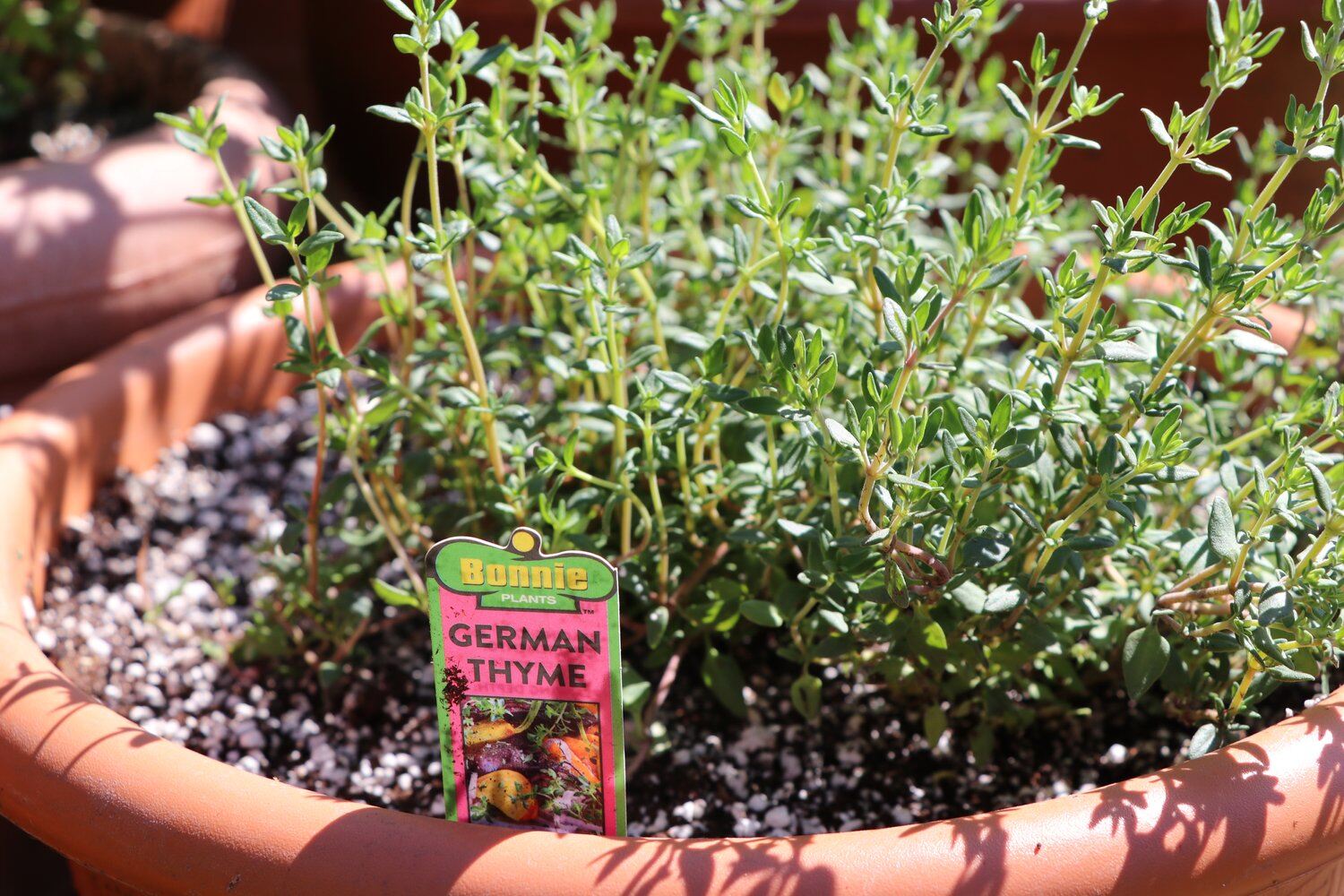
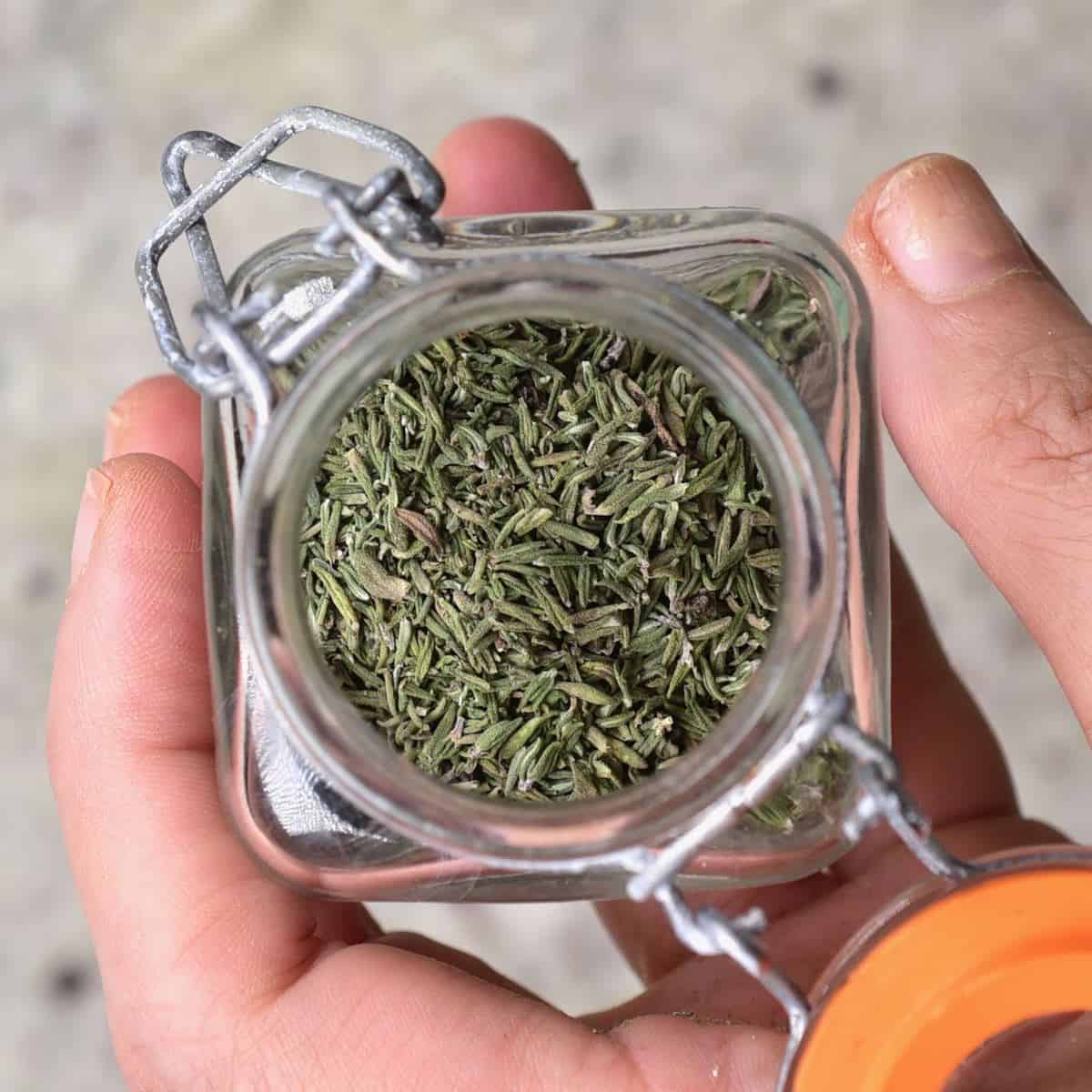


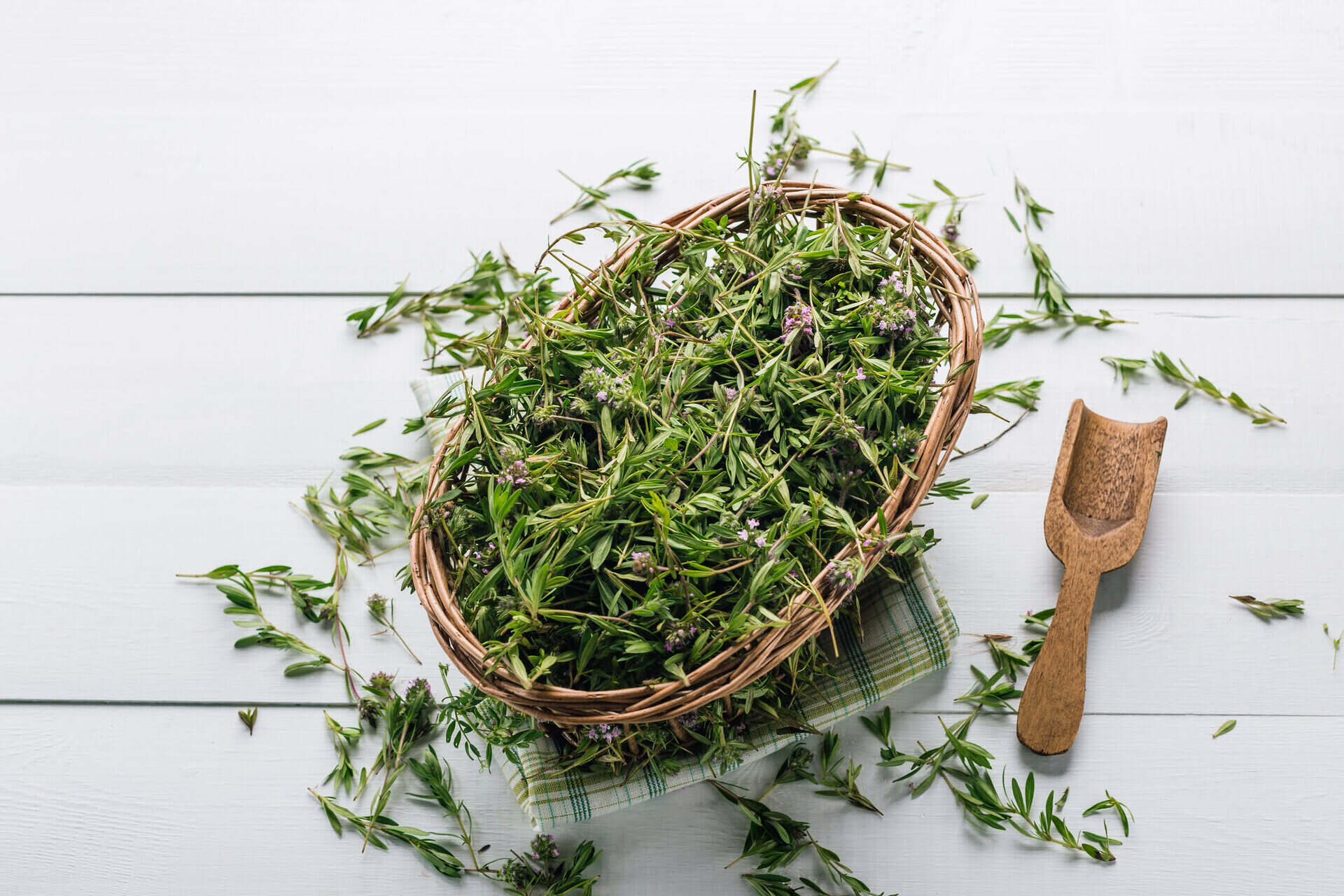

0 thoughts on “What Color Is Thyme Green?”